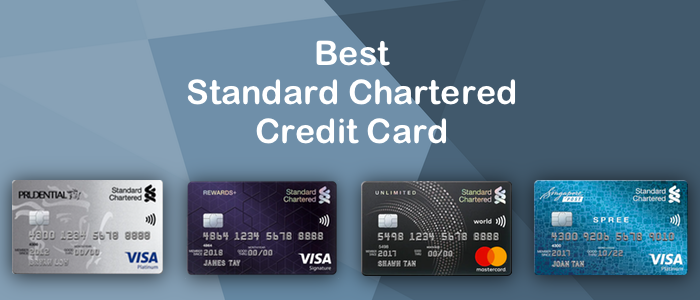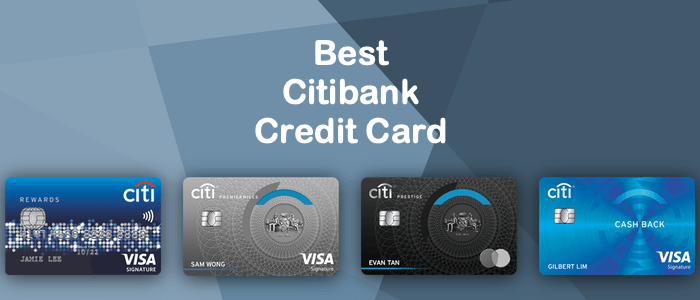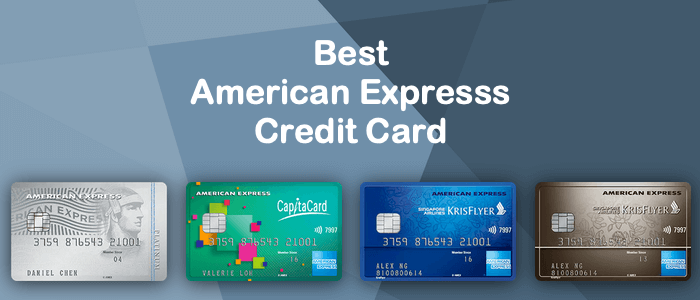Building An Emergency Fund
Alan has always been a fit and active person; in fact, he is far fitter than most others, committing at least 8 to 10 hours a week doing sports and especially his first love, cycling. One day, he finally met with an accident on the road and was so badly injured that he spent a week in the hospital and months recovering.
While his insurance covered him for his medical expenses incurred during the accident, he had to take 2 months’ worth of no-pay leave to stay at home.
Anyone could have been in Alan’s shoes and can always do with a little bit of emergency cash. Be it an unfortunate accident, an unforeseen illness or perhaps even a retrenchment or a family crisis, it can be majorly upsetting to find ourselves scrambling for cash in times of need.
This is why an emergency cash fund shouldn’t be optional. And if you thought it will be extremely difficult to build up a sum of extra cash, here’s some useful tips for you:
Savings Account
Most of us would have a bank account where our salary is deposited. The thing is you would usually make withdrawals from this account as well, and if you don’t monitor it, you can easily overspend and be left with little to none left at the end of each month.
The best way to build up a separate emergency fund is to open a higher interest account where you only save and not make unnecessary withdrawals. Make a goal to deposit at least 10 percent of your salary each month into this account and not touch that money unless an emergency happens. Even better, make that an automatic transfer every month so you don’t even have the excuse to “forget”.
Find Ways To Cut Back On Spending
If putting aside 10 percent of your salary each month is too difficult, find ways to cut back on your monthly expenses. First, you should track your expenses for two months to have an idea of where your money is going each month.
Next, group those expenses into fixed and variable expenses. Fixed expenses are those you absolutely need to pay – mortgage, utility, transportation, food, insurance premiums. Next, look at the variables. Can you find a cheaper alternative to your current gym membership? How about switching out that weekly restaurant meal to once a month instead?
You’d be surprised that little tweaks to your spending can actually accumulate to a hundred or two per month.
Generate An Extra Income
There are two ways to increase your savings – spend less or earn more. If you find that you’ve cut back your variable expenses to the minimum, how about simple ways to earn some extra cash?
It doesn’t have to be something time-consuming that adds on to your full-time work. How about selling some of the stuff you no longer wear on Carousell? Setting up a weekend flea market stall to sell your old books? Or if you enjoy baking, ever consider making it a weekend business?
Set A Financial Goal
Most financial advisors suggest you put aside at least 6 months’ worth of expenses for your emergency fund. Make that your goal and try to reach it as soon as you can. If you can afford to save more than 10 percent of your salary each month, do it. After you’ve reached your goal, you can look towards ways to grow this emergency fund.
Grow The Fund
Once you’ve reached your initial target, it doesn’t mean that it should stop there! What you can do next is to figure out how to grow the fund. It does not mean that you should put all your money into the stock market since there is a risk of losing a substantial amount.
Whichever investments you put your fund into, it should consist of the following characteristics:
- Low/No risk – it has to at least be principal-protected.
- Liquid – since the fund is made for an emergency, you want to ensure that it is easily converted to cash, which means it cannot have too much of a lag time for you to withdraw it.
- Accessibility – It has to be easily accessible, which means it cannot require you to have to go through layers of bureaucracy of paperwork to retrieve the fund.
Some suggestions of where you can keep your fund include the Singapore Savings bond, fixed deposit accounts and money market funds.
It isn’t too difficult, right? Try and start saving today!




